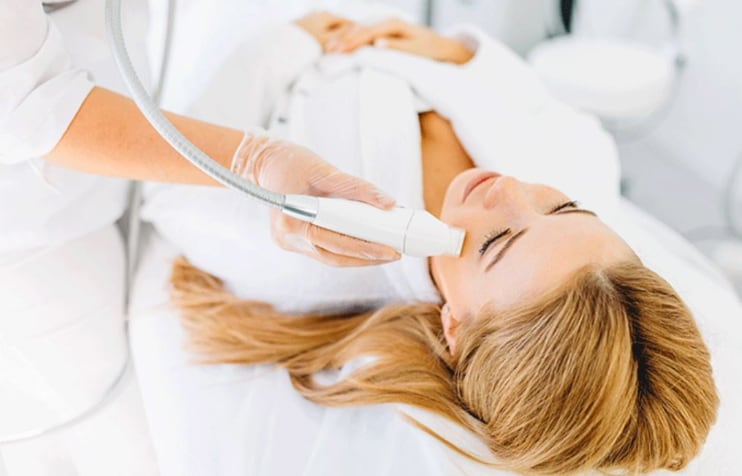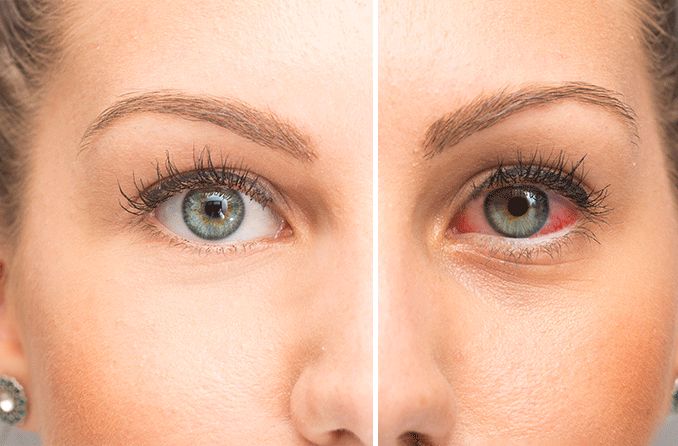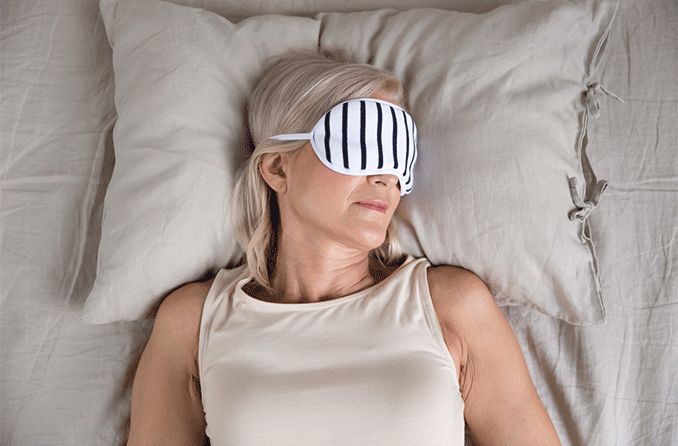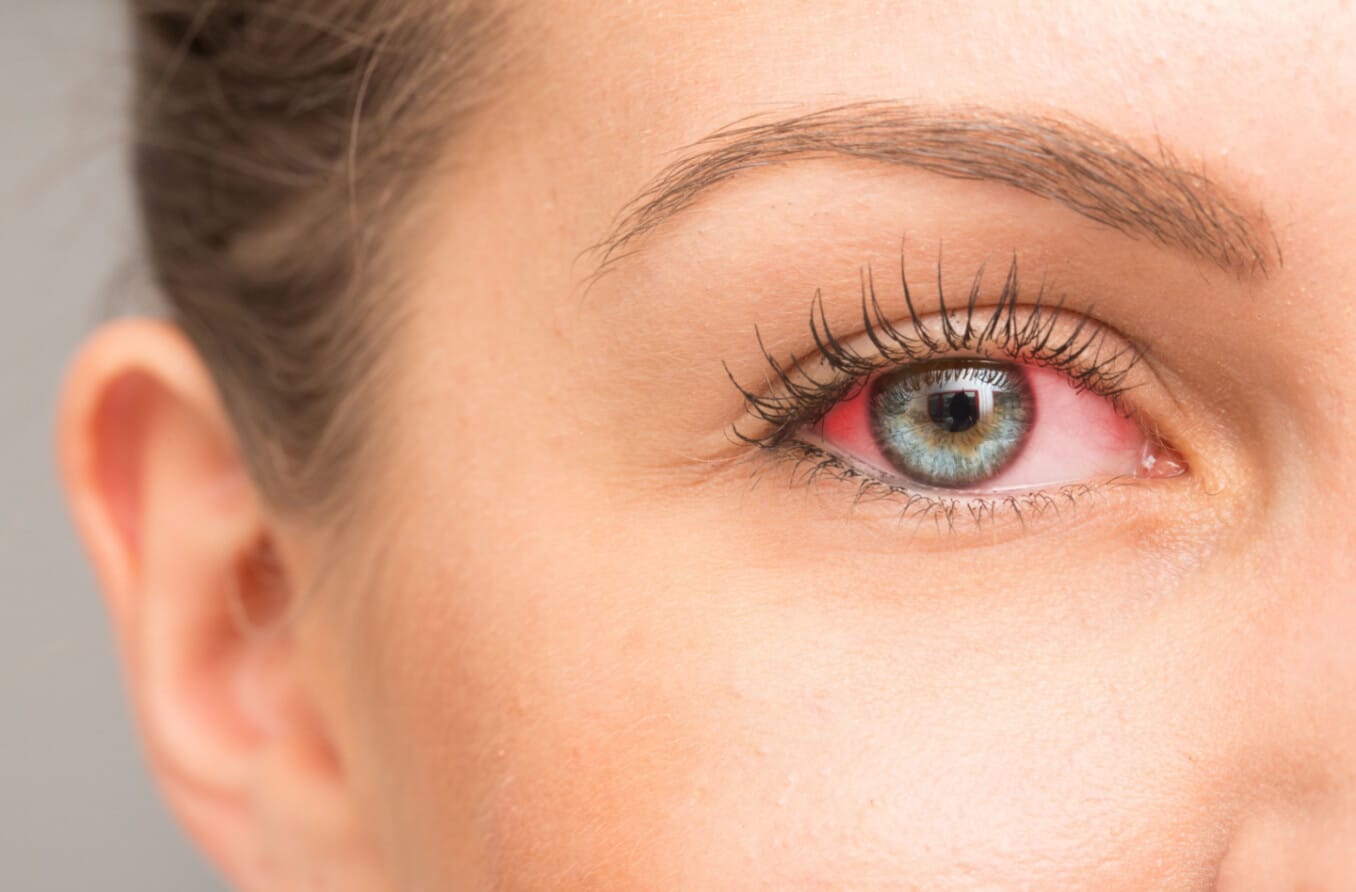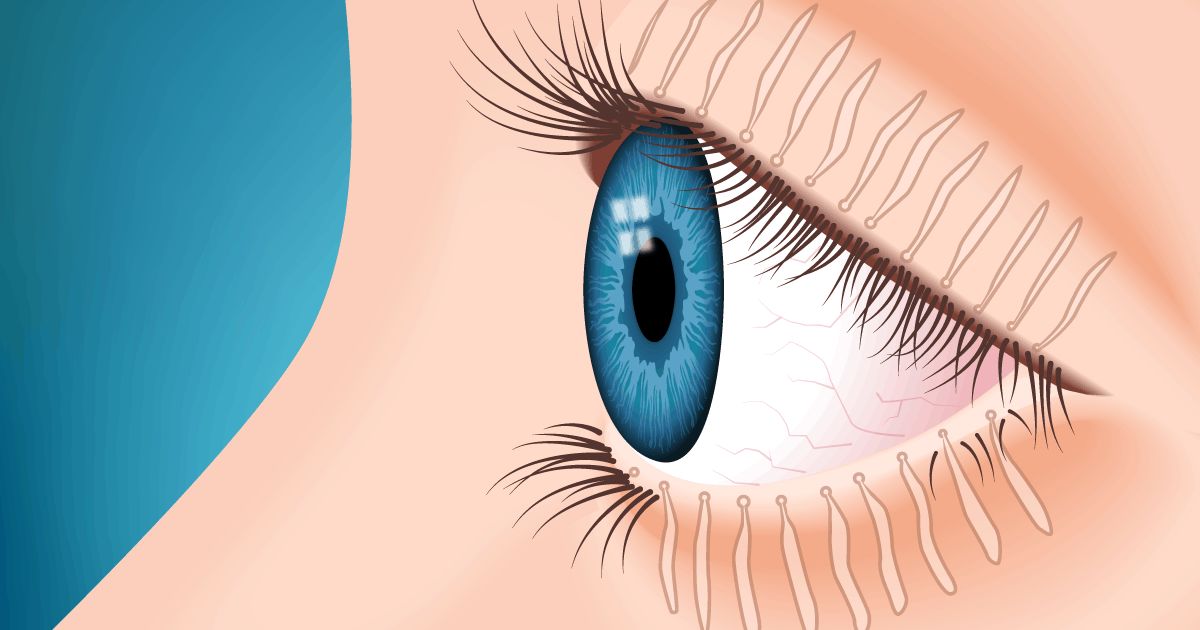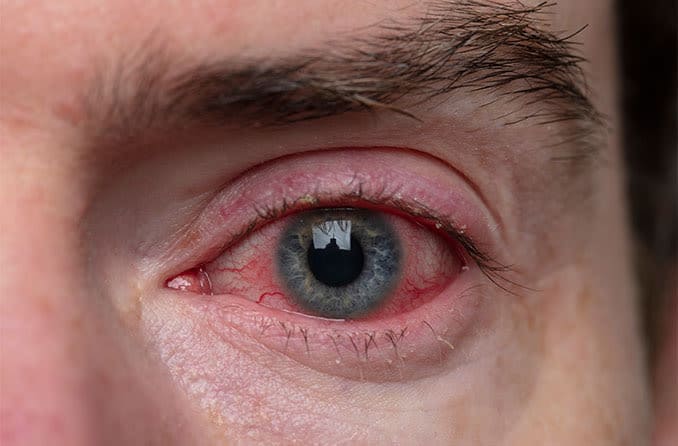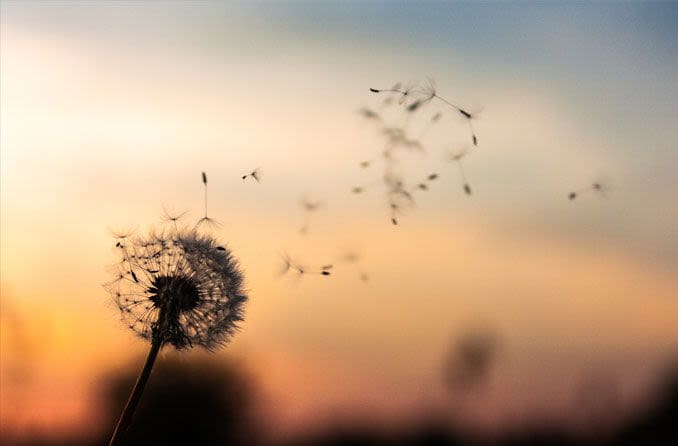What is IPL eye treatment?
Intense pulsed light (IPL) is a therapy for dry eye disease, especially when caused by meibomian gland dysfunction. IPL gently heats the eyelid area, clearing blocked glands and stabilizing the tear film. It also kills bacteria and mites and decreases inflammation by targeting abnormal blood vessels.
Dry eye disease (DED) is a common condition affecting millions of people worldwide. It is typically caused by:
- Inadequate tear production (aqueous tear deficiency) – This can occur when the lacrimal gland does not produce enough aqueous (watery) tears.
- Tears evaporating too quickly – This is commonly caused by meibomian gland dysfunction (MGD). This is when the meibomian glands in your eyelids do not produce enough oil, or the oil is inadequate for keeping your tears from evaporating too quickly.
Factors such as inflammation and blocked glands can disrupt the tear film and contribute to DED. Intense pulsed light dry eye treatment can address these issues and help relieve symptoms such as:
- Irritation
- Redness
- Itching
- Watery eyes
- Burning
- Blurry vision
- Light sensitivity
How does IPL work for dry eye?
Intense pulsed light treatment helps dry eyes by sending gentle flashes of light — 500 nanometers (nm) to 1,000 nm — to an area near the eyes to treat meibomian gland dysfunction.
Dry eye disease, which often develops due to MGD, frequently occurs at the same time as eyelid inflammation (called blepharitis). IPL therapy has been shown to be effective for easing the symptoms of both dry eyes and blepharitis.
IPL dry eye treatment works by:
- Warming and softening hardened oils to clear blockages of the meibomian glands
- Calming irritation by reducing the number of abnormal blood vessels
- Eliminating Demodex mites in the eyelashes and bacteria that infect the eyelid and meibomian glands
- Promoting collagen synthesis at the cell level
- Restoring tear stability
The IPL treatment process
IPL dry eye treatment requires you to prepare before the procedure and carefully follow post-treatment care guidelines.
Preparing for your appointment
Before getting IPL therapy, it's important to follow your doctor’s instructions. To ensure the treatment will be safe and effective, you will typically be asked to:
Get a comprehensive eye exam
Your doctor will conduct a comprehensive eye exam and evaluate your medical history to confirm that IPL is an appropriate treatment. This includes checking for conditions like meibomian gland dysfunction and assessing the overall health of your ocular surface.
Review medical conditions with your doctor
Inform your doctor about any pre-existing medical conditions, particularly those affecting your skin, immune system or blood clotting, as well as a history of cold sores (herpes simplex) near the eye area.
Disclose medications to your doctor
Disclose all medications you are currently taking, especially those that might increase your skin's sensitivity to light, such as certain antibiotics (e.g., doxycycline).
Get a skin type evaluation
Your doctor will assess your skin type using the Fitzpatrick scale. This classification system allows them to determine the safest energy settings for your treatment.

People with very dark or heavily pigmented skin (Fitzpatrick types higher than IV) may not be candidates for IPL because of the risk of permanent skin discoloration and other side effects. However, some newer devices can treat darker skin types with adjusted settings.
Avoid sun exposure and tanning
For a few weeks before your IPL session, it is best to avoid sun exposure — including tanning beds — to minimize risks.
Skip waxing and chemical peels
Do not wax or use a chemical peel in the area to be treated for at least two weeks leading up to your appointment.
Avoid using products on your skin on treatment day
On the day of your appointment, ensure your skin is completely clean and free of makeup, sunscreen or any other topical products, as these can increase the risk of burning.
What to expect during treatment
IPL treatment is an in-office procedure. It does not hurt and, when performed properly, it does not damage the eyes. It typically lasts about 20 to 30 minutes. You can repeat the procedure every four or five weeks.
Although each office has some variation, IPL involves the following general steps:
- The skin in the treatment area will be cleaned.
- Protective, opaque goggles that serve as eye shields will be placed on the eyes.
- Gel may be spread around the eyes, eyelids and cheeks. This makes the treatment more effective and also protects the skin by spreading out the light energy. Some devices do not require gel.
- Flashes of low-level light are pulsed in the area beneath the eyes, the area next to the eyes (toward the ears) and on the cheeks. This may create a warm sensation.
- The goggles and gel are removed.
- The meibomian glands may be expressed to unclog the openings of the glands.
- Pain-relieving or steroid eye drops may be prescribed.
Post-treatment care
After the procedure, you may experience mild irritation on the treated skin. This usually goes away in one to two days. Taking care of your skin after IPL sessions will help you get the most from the treatment and ensure a smooth recovery. To do this:
Avoid direct sun exposure
For several weeks after your IPL eye treatment, avoid direct sun exposure on the treated areas. When outside, apply a high-SPF sunscreen and wear a hat and sunglasses.
Follow your doctor’s recommendations about other medications
Your doctor may prescribe eye drops or other dry eye management strategies. IPL targets the underlying cause, but you might not feel immediate relief. Follow your doctor’s post-treatment instructions.
Go to follow-up sessions
Complete the full series of treatments that your doctor recommends. This will lead to the longest-lasting results for symptom relief.
Consider maintenance treatments
Dry eye is often a chronic condition. The effects of IPL may fade over time. To maintain the benefits, your doctor may recommend maintenance treatments. These are usually done once or twice a year.
Report any side effects
Research shows that intense pulsed light therapy is generally safe with few complications. However, if you experience any side effects from IPL dry eye treatment, contact your doctor right away. Side effects may include:
- Blistering
- Redness
- Swelling
- Hyperpigmentation (patches of skin become darker)
- Hypopigmentation (patches of skin become lighter)
While it’s important to be aware of these uncommon but potential side effects, IPL therapy is generally considered a safe and effective treatment for DED symptoms.
FAQs about IPL eye treatment
If you have questions about intense pulsed light dry eye treatment, here are some additional facts about how it works, what to expect and who can benefit:
How many IPL treatments are needed?
The protocol for IPL treatment can vary. In general, the initial treatment is:
- Approximately 3 to 4 sessions
- About 2 to 3 weeks apart
Follow-up visits are scheduled as needed. If your doctor recommends maintenance treatments, they’re usually done once or twice a year.
How effective is IPL treatment for dry eye?
IPL treatment can be an effective therapy for reducing dry eye symptoms, especially when meibomian gland issues are the underlying cause. Many studies have shown that IPL patients experience improvement in the quality and stability of their tear film. If you have facial rosacea, which is strongly linked with MGD, this treatment may be helpful.
What are the side effects and risks of IPL treatment?
IPL therapy is generally considered safe, and most people experience minimal side effects. However, some may encounter temporary discomfort or redness in the treated area. In rare cases, more serious issues can arise, such as blisters, burns or changes in skin pigmentation.
Individuals with darker skin tones should take extra precautions when considering IPL treatments, as this therapy may result in loss of skin pigmentation. It is typically recommended that only individuals with Fitzpatrick skin types I to IV undergo this procedure. However, some newer devices are designed to treat darker skin types with adjusted settings.
Additionally, some older patients may be more prone to pigment changes and should discuss potential side effects with their doctor.
Is IPL treatment different from low-level light treatment (LLLT)?
IPL treatment is sometimes used in combination with low-level light treatment (LLLT). IPL provides heat in addition to the light, while LLLT uses only light therapy.
Because of this, LLLT can be applied to the delicate upper eyelid, which is not possible with IPL therapy. When both procedures are performed, IPL treatment is typically followed by a session of LLLT. The combined effects of the two treatments have been found to help some patients.
Comparing IPL with other treatments
Dry eye syndrome is a common and uncomfortable eye problem that often happens because the oil-producing meibomian glands in your eyelids aren't working properly. Beyond IPL, a variety of other treatments are available for dry eye disease. These include:
Home remedies
Over-the-counter and at-home remedies can be helpful for individuals experiencing mild dry eye symptoms. These include:
- Artificial tears
- Ointments
- Warm compresses
- Eyelid scrubs
- Avoiding allergens and triggers
- Using a humidifier
- Blinking regularly when using devices
- Nutritional supplements such as omega-3 fatty acids
Prescription medications
Several prescription medications are available for treating the underlying causes of dry eye disease. These include:
- Topical cyclosporine A eye drops (e.g., Restasis) – This medication works by treating inflammation in the tear glands. Improvement typically becomes noticeable after about three months of twice-daily use.
- Lifitegrast eye drops (e.g., Xiidra) – This medication works by treating inflammation in the tear glands. Improvement may be seen within two weeks, though the full effect may take up to three months with twice-daily use.
- Varenicline nasal spray (e.g., Tyrvaya) – This nasal spray stimulates a nerve to increase natural tear production. It may also help stabilize tears and slow evaporation.
Office procedures
Procedures that are performed in the office may be necessary to relieve the symptoms of DED. In addition to IPL, procedures or devices used in the office include:
- Punctal occlusion – This procedure involves inserting temporary dissolvable plugs or permanent silicone plugs into the tear ducts in the eyelids. This helps keep more tears on the surface of the eyes.
- Lipiflow – This device utilizes controlled heat and a gentle massaging action applied directly to the eyelids. This method is designed to clear out hardened oil from the meibomian glands. Numbing drops must be used during this procedure.
- TearCare – This device applies heat to the meibomian glands. Numbing drops are not needed, and patients can open their eyes and blink while it’s being used. An eye doctor may perform a manual massage on the eyelids to clear the glands of hardened oil.
There are various additional devices from several companies that utilize heat and massage to help clear oil from the meibomian glands. Consult your doctor to determine the most suitable procedure for you.
How do I know if IPL treatment is right for me?
It’s important to have an evaluation and speak to your doctor about your medical history, as well as any medications or supplements you may be taking. Your eyes should be healthy, and the skin to be treated should not have any injury, moles or other issues.
Individuals with meibomian gland dysfunction often benefit the most from IPL treatment. If you are a good candidate for this therapy, discuss the fee for the procedure with your doctor’s office. Cost will vary based on the type and number of visits. IPL treatment is usually not covered by insurance.
If you are experiencing symptoms of dry eye, schedule a comprehensive eye exam to learn which treatment options are best for you.
